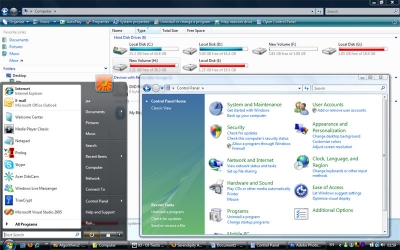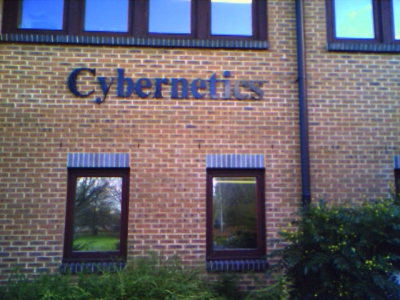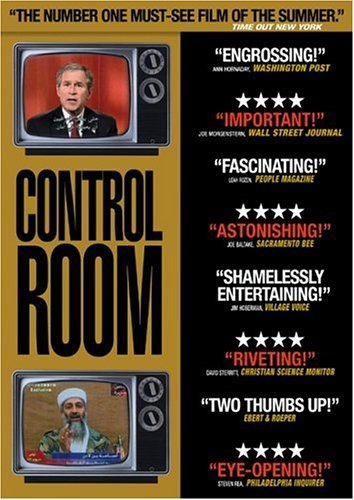Monday, January 29. 2007
Microsoft Photosynth
It was only a few days ago that I raved about Microsoft's Vista and here again I am going to rave about another of Microsoft's latest creations: Microsoft Photosynth. The technology is currently development but Microsoft made a public tecnology preview available on its Live Labs pages late last year.
Photosynth is an application where a pool of photographs of a place are analysed and a 3D view is contructed using the 2D world portrayed in the photos. The photos can be of different sizes, quality and can be one of any of the overall picture. The technology allows the user to "Fly" through the reconstruction, zoom in, walk in all directions and is an as immersive experience as it can get. The technology is pretty innovative because it is able to use normal photographs which may very well be taken by different people at different times and then compile them in such a way that a scene is constructed in 3D.
I was pretty impressed when I saw it around the time it was released but it was only recently that I spent sometime reading the technology behind it. Computer vision algorithms calculate the perspectives, pattern recognition methods indentify and tag images on unique features and then all of it is mashed up together to give a smooth viewing experience. Some things are impressive from looks and some become even more impressive when you learn a bit of how it all works!
- Check out the Photosynth homepage
- View the intro video
Photosynth is an application where a pool of photographs of a place are analysed and a 3D view is contructed using the 2D world portrayed in the photos. The photos can be of different sizes, quality and can be one of any of the overall picture. The technology allows the user to "Fly" through the reconstruction, zoom in, walk in all directions and is an as immersive experience as it can get. The technology is pretty innovative because it is able to use normal photographs which may very well be taken by different people at different times and then compile them in such a way that a scene is constructed in 3D.
I was pretty impressed when I saw it around the time it was released but it was only recently that I spent sometime reading the technology behind it. Computer vision algorithms calculate the perspectives, pattern recognition methods indentify and tag images on unique features and then all of it is mashed up together to give a smooth viewing experience. Some things are impressive from looks and some become even more impressive when you learn a bit of how it all works!
- Check out the Photosynth homepage
- View the intro video








